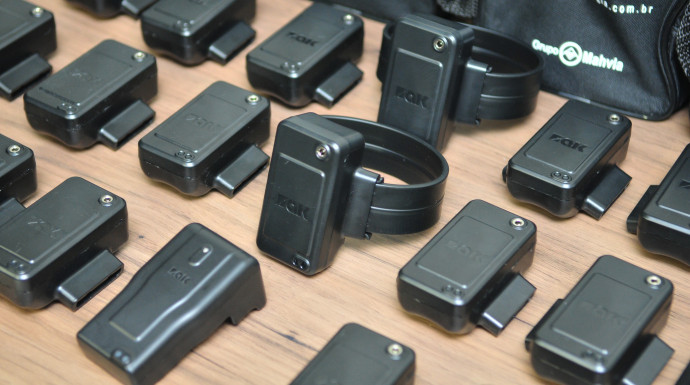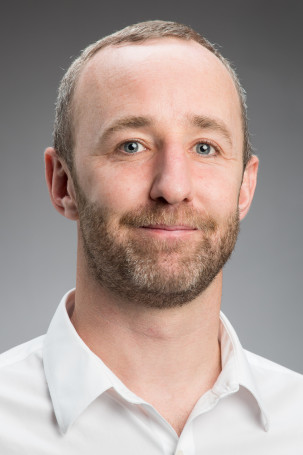Prisons without walls: From incarceration to e-carceration in Aotearoa New Zealand

Dr Liam Martin of Te Herenga Waka —Victoria University of Wellington will investigate the shift from physical incarceration to digital monitoring, and what this means for society
Published on 2 Whiringa-ā-rangi November 2023
Aotearoa is paving the way from incarceration inside brick-and-mortar prisons to ‘e-carceration’ using human tracking technologies. While we are a global leader in reducing prison populations, we now have the highest level of electronic monitoring per capita in the world. This dramatic change in the way we incarcerate creates questions for society about the meaning of incarceration in a digital age.
Much of the technology behind e-carceration has its origins in mobile phones. The typical tracking device is assembled from parts designed for smartphones, uses the same satellites to pinpoint location, and communicates through cell towers and internet cables. In this Marsden Fast-Start project, Dr Martin will engage in fieldwork including interviews with technologists, politicians, policymakers, and people navigating e-carceration day-to-day to understand how the system works and how it affects individuals.
The topic of incarceration raises issues of power and control. The traditional prison has long been recognised by scholars as a dominant institution of social confinement for Indigenous people – how is incarceration then understood and experienced as it moves into people’s homes and everyday lives? The government has also announced plans to begin GPS tracking of asylum seekers – how is this type of surveillance to be perceived? And finally, mass surveillance and location tracking are built into almost all new mobile phones today – how is this technology transforming social life more broadly? This project will explore these and other questions in a bid to create a full account of electronic monitoring and its increasing prevalence in our lives.

Dr Liam Martin (photo: supplied)
